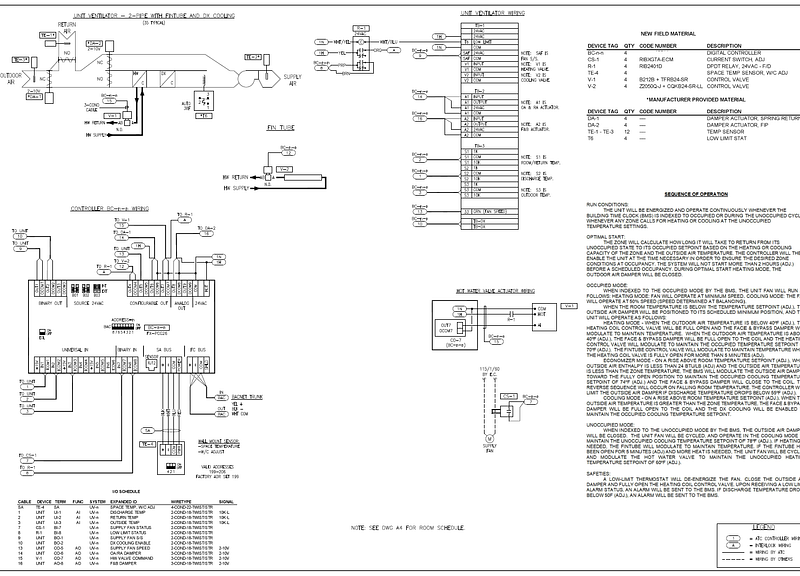Building Automation: Unveiling the Complexity Behind Modern Systems
Written on
Understanding Building Automation
In our everyday lives, we often overlook the myriad systems that operate behind the scenes. We place our trust in countless individuals and technologies without a second thought.
Consider the vehicles we use: we share roads with other drivers and machines, navigating a web of variables that we can't control. Or think about airplanes, where the safety of our flights relies on the cooperation of many engineers, pilots, and maintenance crews. It's a sobering reality that underscores the power of collaboration in our modern world.
Speaking of collaboration, have you ever encountered Leonard Read's insightful short story "I, Pencil"? It illustrates the complexity hidden within something as simple as a pencil, revealing the intricate network of people involved in its creation. It’s a thought-provoking read worth your time.
Now, let’s turn our attention to building automation—specifically, how heating and cooling systems function on a larger scale. This is not just about your home; it's about the infrastructure of schools, hospitals, and offices. These establishments rely on sophisticated systems to ensure optimal performance and efficiency.
In the realm of heating, cooling, and ventilation, we often remain unsung heroes. While mechanical systems do the heavy lifting, there’s a growing demand for us to adapt and innovate in an increasingly technical landscape.
The focus has shifted significantly, particularly post-COVID-19, towards enhancing Indoor Air Quality (IAQ) and understanding air changes per hour, CO2 levels, and more. Medical facilities, in particular, face unique challenges. For instance, operating rooms require precise air conditions to ensure patient safety during surgeries.
Specialized rooms, such as those for COVID-19 or tuberculosis patients, maintain negative pressure to confine pathogens—exhausting more air than enters, effectively pushing contaminants outside.
A colleague in the industry succinctly puts it, “The solution to pollution is dilution.”
Let’s delve into a typical modern system.
Many contemporary buildings feature what we call a central plant, where large chillers or boilers heat or cool water/glycol through mechanical processes. This treated water is then circulated to the necessary equipment via pumps controlled by variable frequency drives. It’s piped to significant air handling units equipped with fans that regulate air temperature.
Within each room, variable air volume (VAV) boxes adjust airflow and temperature to maintain comfort. These systems work in tandem with treated water piping to create a pleasant environment.
Large venues, such as arenas and stadiums, require robust equipment to manage air conditioning, including intricate CO2 and smoke control mechanisms. I once set up a smoke control sequence that utilized dampers to contain smoke in specific areas, allowing it to be evacuated efficiently by powerful exhaust fans. Observing that in action was truly impressive.
Schools, on the other hand, utilize simpler systems. Each classroom typically features unit ventilators that manage airflow and bring in outside air to ensure a comfortable atmosphere for students.
Every piece of equipment is controlled by electronic systems that integrate programming, algorithms, sensors, and more to maintain optimal conditions. These controllers require power, water, and communication to function effectively. They connect back to a central software system, allowing facility engineers to monitor and manage the building's major mechanical systems, from elevators to security cameras.
Remarkably, this control can even be accessed remotely, from anywhere in the world.
Before these systems go live, professionals like myself collaborate with engineers and contractors to draft the essential plans for installation. Project engineers compile information, ask critical questions, and select the appropriate equipment for the task at hand. We draft detailed sequences of operation, serving as guides for field teams assembling this intricate puzzle.
Here’s a glimpse of what a single room’s drawing might look like in an elementary school:

Consider the fact that each room in every building requires this level of organization and detail.
Installation involves numerous contractors from various trades, including electricians, pipe fitters, insulators, and painters. Each controller must be programmed and configured to communicate effectively with other systems.
I admit, I find this all incredibly fascinating. Some may argue for a return to simple on/off switches. However, those days are long gone, overshadowed by our need for efficiency and energy conservation in today’s world.
Recently, it was Bring Your Kids to Work Day in the US. In the past, I never had a role that felt appropriate for children, often working in technical fields where safety was paramount.
While the kids were in the office, our company owner, who has a young child himself, asked them if they understood what their parents did for a living. The silence was palpable. How could they know?
Reflecting on my nearly 15 years in this industry, I realized I often struggle to articulate the complexities of what we do. It's crucial to shed light on these elements and their interconnections.
As always, there’s far more beneath the surface than one might initially perceive.
Exploring New Perspectives
In this insightful video, Tom Cokill discusses the importance of humility in delegating tasks you may not excel at, to scale your business effectively.
This video showcases the innovative process of creating a new podcast network specifically for the restaurant industry, highlighting the unique challenges and opportunities.